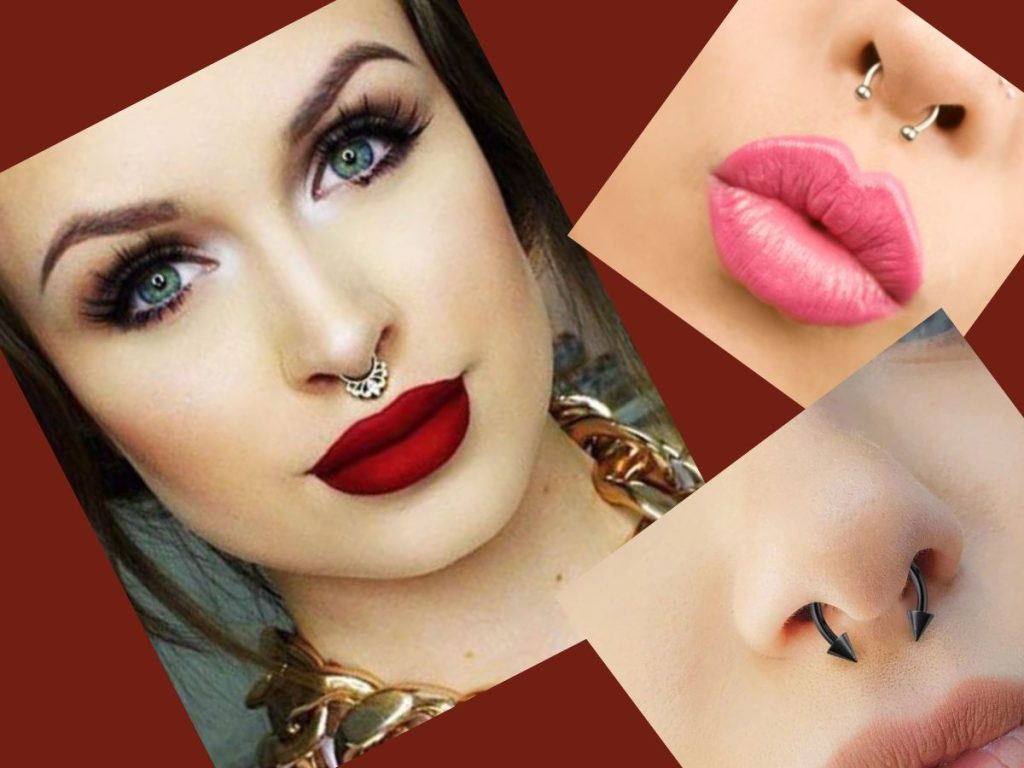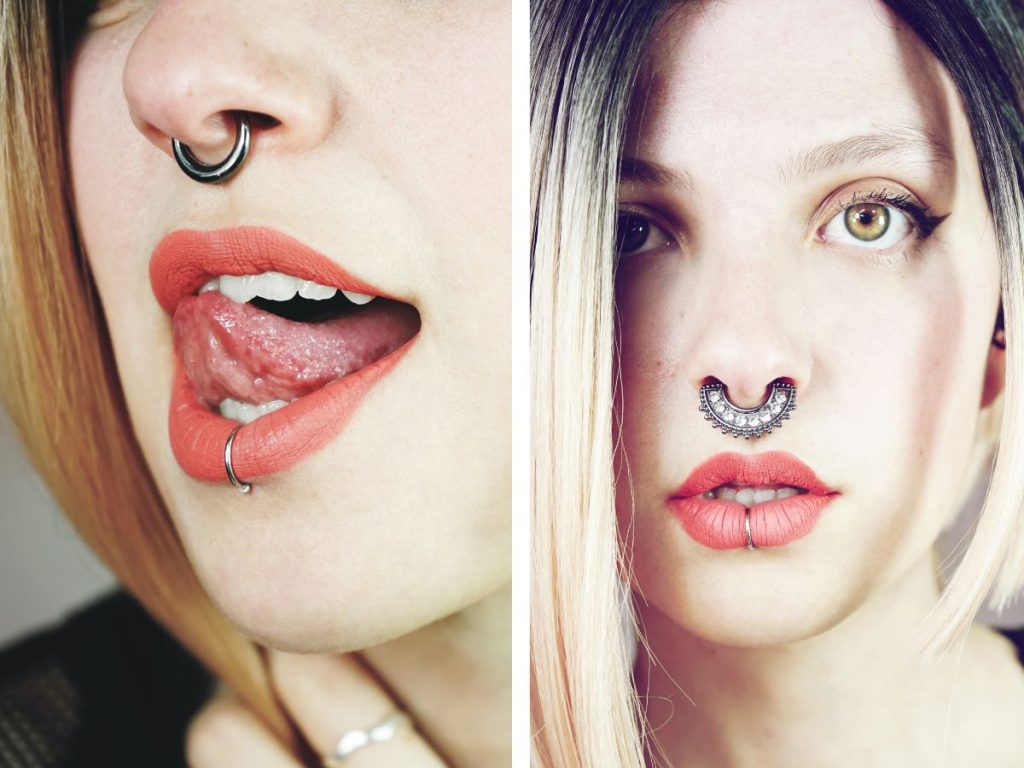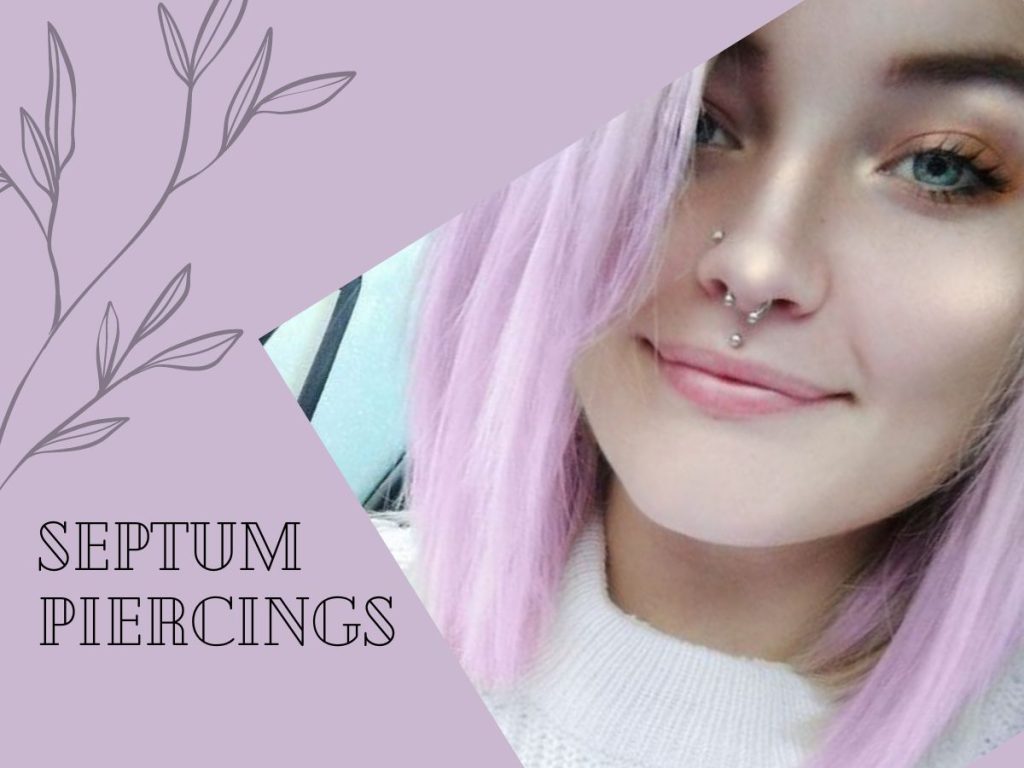
Septum-piercing jewellery has become a fashionable choice among men and women. However, contrary to common belief, this piercing style is not a recent trend but has existed for centuries. It carries a rich historical significance as it has been embraced by various cultures worldwide, where it held cultural and ceremonial importance, often serving as an initiation practice. By opting for a septum piercing, individuals follow a modern fashion trend and connect with their ancestors’ methods, who proudly adorned this distinctive look. Septum piercings bridge past and present, allowing wearers to embrace their heritage and cultural roots. It’s a way of honouring the traditions and customs passed down through generations.
So, if you are considering a septum piercing, you are not just embracing a trendy style but a historical and cultural legacy that has stood the test of time. It’s a way of celebrating diversity and connecting with the global tapestry of body modification practices that have shaped human expression for centuries.
What are Septum Piercings?
A septum piercing is a distinctive type of nose piercing that passes through the center of the nose, explicitly targeting the thin strip of flesh known as the “sweet spot” on the front side of the nasal septum. This sweet spot is the area between the cartilage and the thin skin layer separating the nostrils.

Getting a septum piercing involves a professional piercer using a sterilized hollow needle to create a clean opening in the sweet spot. Depending on personal preference and desired style, this piercing can be performed with a captive bead ring, a circular barbell, or a septum retainer. In recent years, septum piercings have gained significant popularity and have transitioned from being an alternative or subcultural trend to becoming more mainstream. This shift can be attributed to the influence of celebrities, fashion icons, and social media influencers who have prominently showcased septum piercings as fashionable.
Celebrities and influencers often embrace septum piercings as a means of self-expression and adding an edgy or bohemian touch to their overall look. Their visibility in popular culture has sparked a broader interest in septum piercings, making them more widely accepted and sought after by individuals looking to enhance their style. Septum piercings offer a range of jewellery options for customization.

Captive bead rings, consisting of a circular metal ring with a removable bead, are popular, allowing for easy insertion and removal. Circular barbells with a curved shape with threaded or non-threaded ends provide a sleek and stylish look. Septum retainers, made of transparent or flesh-coloured materials, are ideal for those who prefer a more discreet or temporary option.
Does It Hurt?
Septum piercing is not entirely pain-free, but the discomfort experienced during the procedure is often described as a strange sensation rather than sharp pain. Using a clamp, needle, and receiving tube help make the process quick and precise. It’s crucial to consult a professional piercer who can guide and ensure proper pain management techniques are employed. Any initial discomfort subsides with appropriate aftercare, allowing individuals to enjoy their newly pierced septum.
Healing Time: Three Stages
The healing duration of a septum piercing varies depending on the level of care and attention given to it after the initial procedure. Normally, the healing process can be divided into three different stages:

The initial Healing Stage occurs in the first few weeks following the piercing. During this time, the body works to close the wound and reduce inflammation. People should be follow the following care: cleaning the piercing with a saline solution and,try to avoid touching and rotation of the jewellery.
Mid-Healing Stage: This stage typically takes place over the next few months. The inflammation decreases as the initial healing progresses, and the piercing becomes more stable. However, it is important to continue practising good aftercare during this stage, including cleaning the piercing regularly and avoiding activities that could irritate or disturb the healing process. While some individuals may notice a reduction in tenderness and swelling, it is essential to remain cautious and not rush the healing process.
Final Healing Stage: The final stage of healing can take several months to a year or more, depending on the individual’s healing process and diligence in aftercare. During this stage, the tissues around the piercing site fully strengthen and mature, increasing stability and reducing sensitivity. Maintaining good hygiene practices and avoiding any unnecessary trauma or tension on the piercing is still essential, as it can still be susceptible to irritation or infection.
You should know that healing times can be different from person to person. Individual anatomy, lifestyle habits, and overall health can influence healing. Being patient and giving ample piercing time to heal before changing or manipulating the jewellery is crucial.

In summary, septum piercing healing is a gradual process that spans multiple stages. Adhering to proper aftercare practices and being patient with the healing timeline are crucial for a successful outcome. By following the recommended guidelines and seeking professional guidance, individuals can ensure a smoother healing process and enjoy their septum piercing with minimized risks.
Make sure healing process for your septum piercing:
- Maintain good hygiene: Keep the piercing clean and avoid touching it unnecessarily.
- Follow aftercare instructions: Adhere to the recommended aftercare routine provided by your piercer.
- Be vigilant for signs of infection: Watch for symptoms like yellowish discharge, foul odour, thickening lump, or increasing pain.
- Seek prompt treatment: If signs of infection arise, seek professional help to treat it early and promote healing.
By following these guidelines, you can ensure a faster and more successful healing process for your septum piercing.